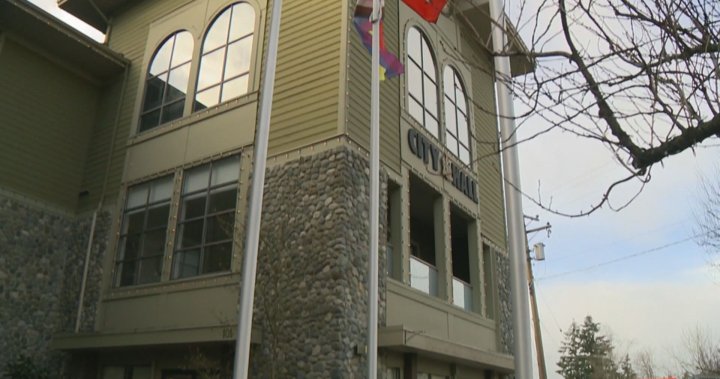The quaint city of Langford, once celebrated for its rapid growth and development-friendly policies, now finds itself at the center of a heated provincial standoff. Local officials and residents are pushing back against British Columbia’s ambitious housing targets, claiming they’re unrealistic and fail to account for the community’s existing infrastructure challenges.
“We’ve always been pro-development, but this mandate is simply unworkable,” said Langford Mayor Scott Goodmanson during Monday’s contentious council meeting. “Being asked to add 13,045 new housing units over the next decade when we’ve already built 11,000 in the past twenty years is setting us up for failure.”
The provincial housing target initiative, part of B.C.’s broader strategy to address the housing crisis, requires municipalities to significantly increase housing supply across various typologies. For Langford, a community of approximately 46,000 residents, the province’s expectations have struck a nerve with both elected officials and community members.
Councillor Mary Wagner voiced concerns that have resonated throughout the community: “We’re not opposed to growth—our history proves that—but responsible development requires proper infrastructure planning. Our schools are already overcrowded, our roads congested, and emergency services stretched thin.”
The province’s housing acceleration office determined Langford’s target based on historical building patterns and projected population growth. However, city officials argue these calculations fail to recognize the substantial development already undertaken and the strain it has placed on local resources.
Housing Minister Ravi Kahlon defended the targets, noting they’re necessary to address British Columbia’s critical housing shortage. “Every community needs to do its part,” Kahlon stated in a written response. “These targets were developed through careful analysis of each municipality’s capacity and growth patterns.”
The dispute highlights a growing tension between provincial housing mandates and municipal autonomy across British Columbia. While the province aims to address broader housing affordability issues, local governments maintain they best understand their communities’ needs and limitations.
Langford Council has voted to formally challenge the province’s target, requesting a significant reduction to 5,000 new units—less than half the current mandate. If negotiations fail, the city has indicated it might pursue legal options to protect what it sees as its planning jurisdiction.
Community reaction has been mixed. While some residents support the council’s stance, citing concerns about rapid development’s impact on Langford’s character, others worry about potential consequences of defying provincial directives, including possible funding repercussions for essential infrastructure projects.
Urban planning experts suggest this confrontation could serve as a test case for how the province’s housing strategy will unfold across other municipalities. “This tension between local autonomy and provincial housing needs isn’t unique to Langford,” notes Dr. Eleanor Rodriguez, urban planning professor at the University of Victoria. “How this dispute resolves may set precedent for communities throughout B.C.”
As housing pressures continue mounting across the province, the fundamental question remains: Who should determine how quickly and extensively communities grow—the provincial government with its broader mandate to address housing shortages, or local councils that must manage the day-to-day realities of infrastructure, services, and community character? The answer may reshape British Columbia’s approach to solving its housing crisis for years to come.

























